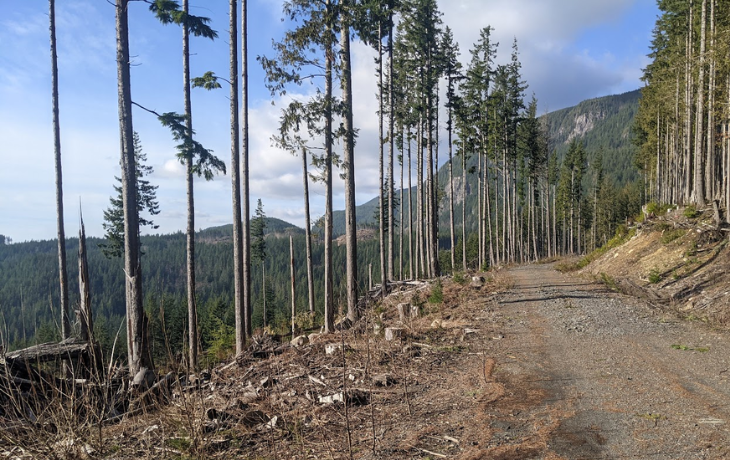
A wide-reaching analysis of aboveground carbon storage in planted forests has identified key biological, environmental, and human characteristics that explain why certain types of planted forests might accumulate carbon more quickly.
Published July 28 in Nature Communications, lead author Jacob Bukoski—who earned his PhD in the Department of Environmental Science, Policy, and Management (ESPM) last spring—said the findings can help improve investments in planted forests for combating climate change.
“Plantation forests are some of the most extensively studied forest types globally, as forest managers need to understand growth patterns to predict forest product yields'' he said. “However, this data is often proprietary, and we lack a synthetic understanding of how different types of plantation forests grow across the globe. Our research provides this understanding.”
Planting trees is a popular strategy to combat climate change, with over two-thirds of tropical nations integrating forest-based carbon sequestration into their climate action commitments. But the strategy’s effectiveness is unclear, according to Bukoski, and it may take decades to fully reap the benefits.
To conduct their analysis, Bukoski and his co-authors used nearly 5,000 measurements of aboveground carbon to develop models that characterize how carbon accumulates in plantation forests over time. The dataset includes more than 240 species from 96 distinct genera, ranging from trees that dominate monoculture forestry (pines, eucalyptus, and Chinese fir) to less commonly planted species.
Bukoski hopes their models will be more accurate than the current average rates used by carbon forestry programs, which may overestimate climate benefits during early periods of growth. Shifting to time-dependent models can better reflect rates of carbon sequestration during initial growth and into maturity.
“Accurate models of carbon accumulation in plantations are critical but are just one piece of the forests and climate change mitigation puzzle,” said Bukoski, who cautioned that other factors like durability—how long the carbon will be sequestered—should also be considered when determining the effectiveness of carbon forestry projects.
The improved models of carbon accumulation in single-species planted forests can serve as building blocks for future studies, Bukoski said. However, other forest types such as naturally regenerated forests or plantations of multiple endemic tree species—ecosystems with often greater rates of biodiversity and resilience to future climate change–remain understudied.
“We also need to improve our understanding of carbon cycling in other forest types, which have the potential to deliver more balanced benefits for local economies, the climate, and biodiversity,” he added.
Dr. Bukoski will be joining the faculty of Oregon State University’s Department of Forest Ecosystems and Society, where he will continue this research. Inquiries regarding collaborations and graduate school opportunities should be directed to jacob.bukoski@oregonstate.edu.
Additional co-authors include Susan C. Cook-Patton of the Nature Conservancy; Cyril Melikov of the Environmental Defense Fund; undergraduates Hongyi (Stella) Ban and Jessica L. Chen; Elizabeth D. Goldman and Nancy L. Harris of the World Resources Institute; and Professor Matthew D. Potts, who also serves as Chief Science Officer of Carbon Direct, Inc.
